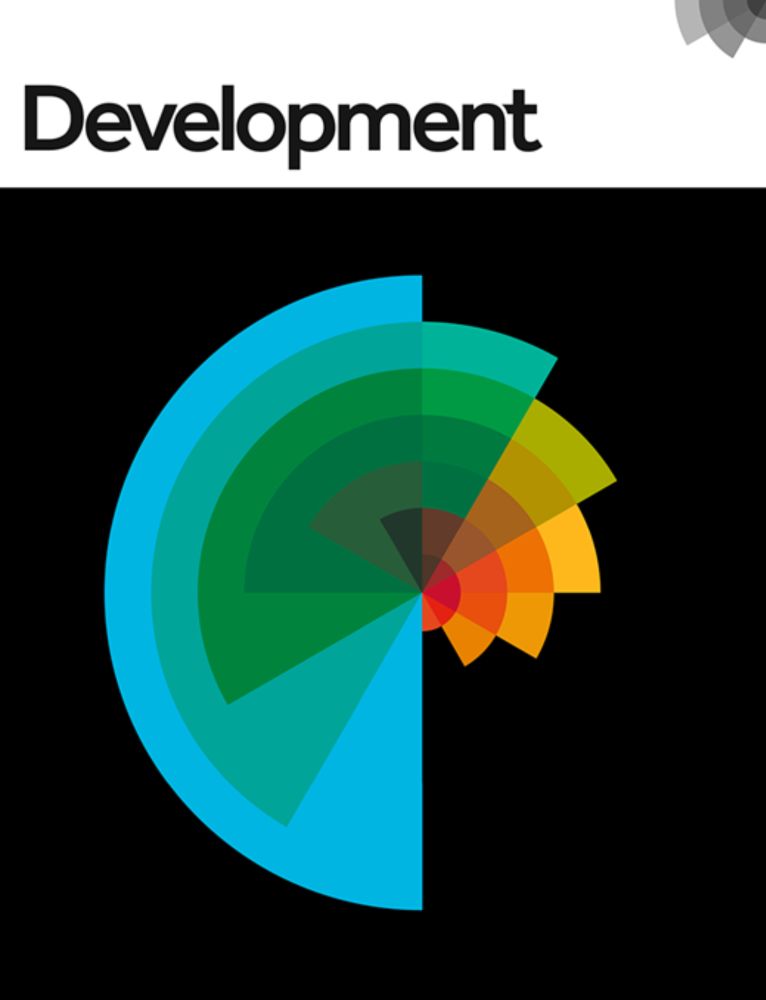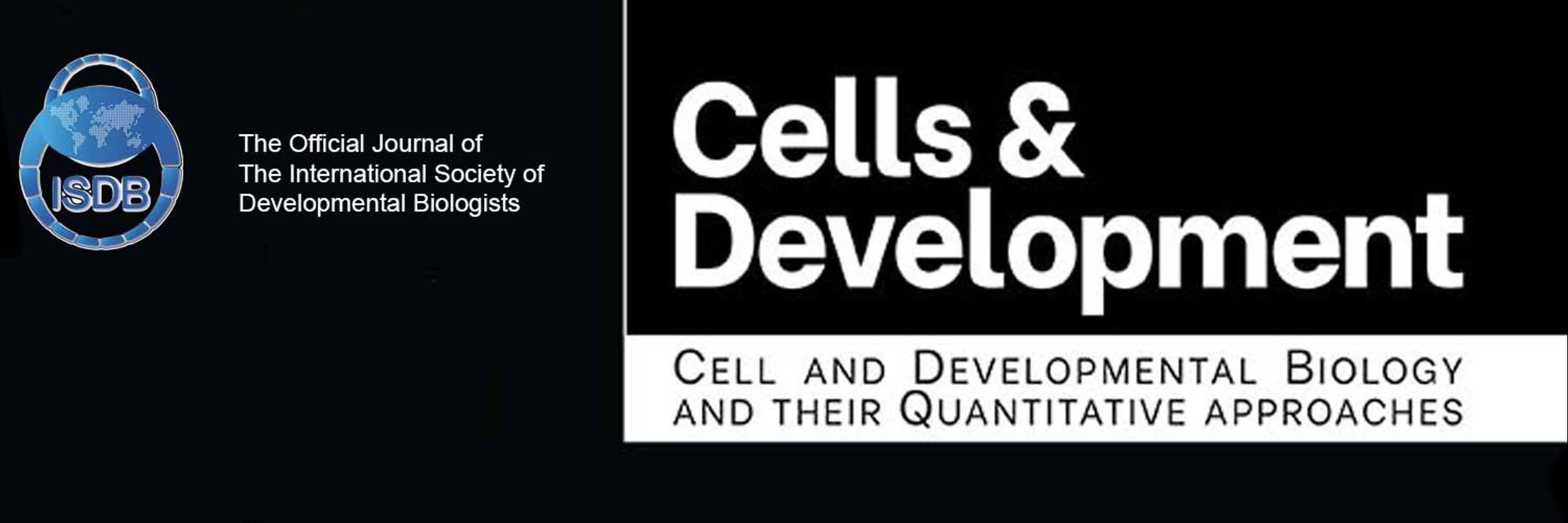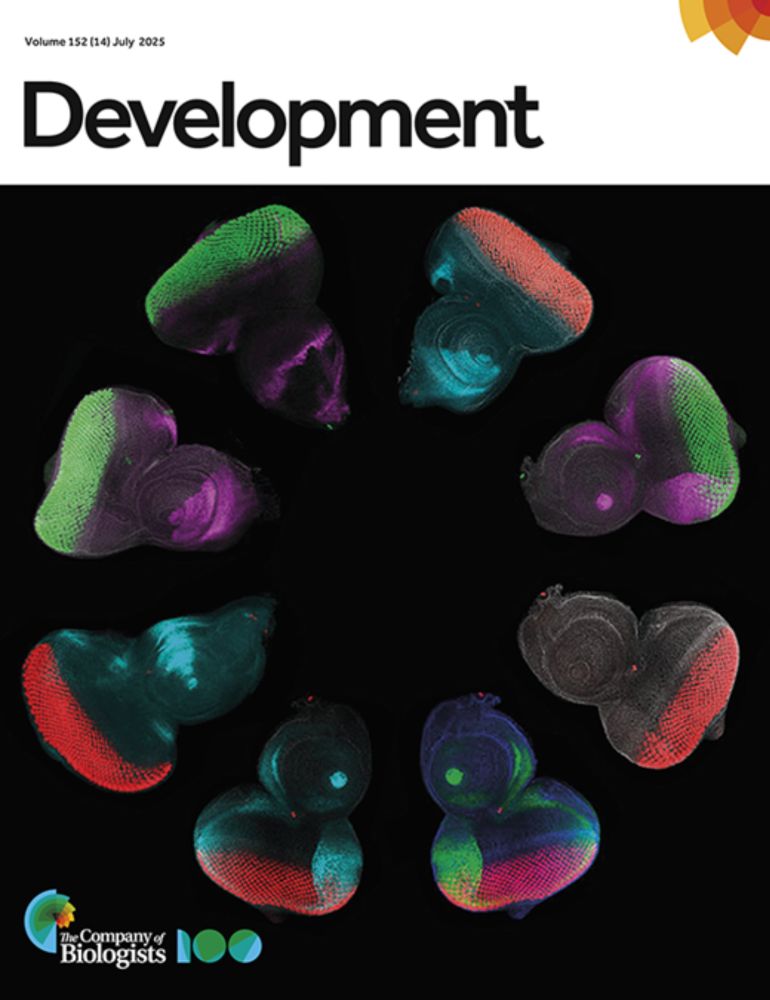Cells & Development
@cellsdev.bsky.social
1.1K followers
430 following
31 posts
'Cells & Development' journal (formerly 'Mechanisms of Development'). Official journal of the International Society of Developmental Biology isdb.bsky.social
Posts
Media
Videos
Starter Packs
Pinned
Reposted by Cells & Development
Reposted by Cells & Development
Reposted by Cells & Development
Reposted by Cells & Development
Reposted by Cells & Development
Reposted by Cells & Development
Reposted by Cells & Development
Reposted by Cells & Development
Reposted by Cells & Development
Max Farnworth
@maxfarnworth.bsky.social
· Aug 22

Pathway to Independence – an interview with Max Farnworth
Max Farnworth completed his PhD in Gregor Bucher's lab at the University of Göttingen, Germany, where he explored how heterochrony shapes the evolution and development of insect brains. He then joined...
doi.org
Reposted by Cells & Development
Reposted by Cells & Development
Reposted by Cells & Development
Reposted by Cells & Development





























